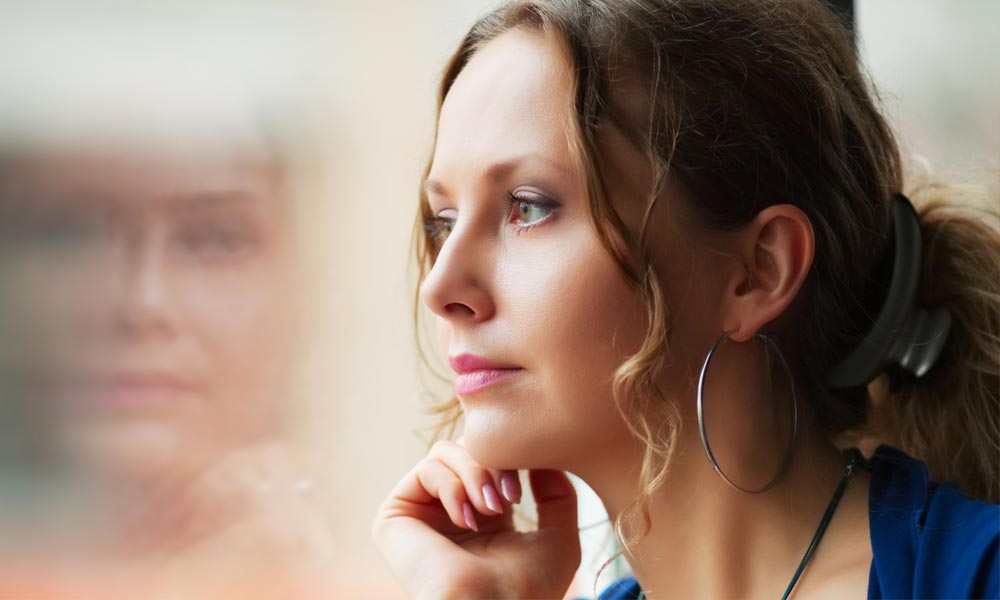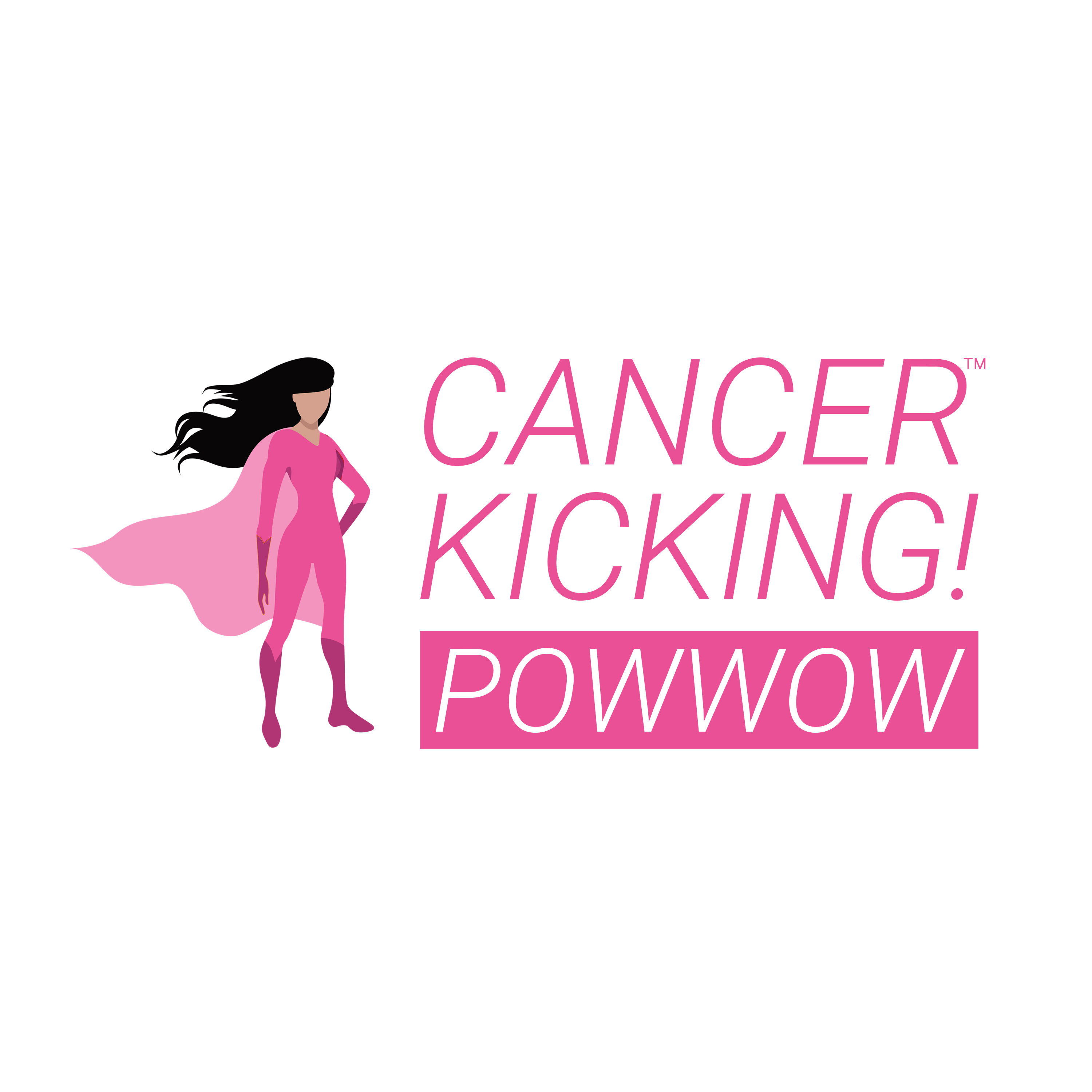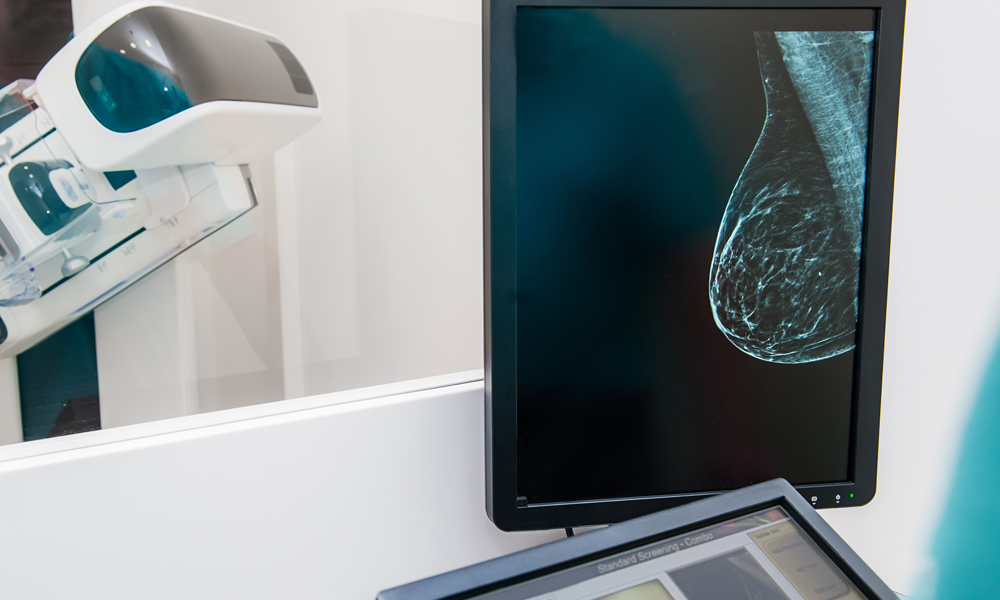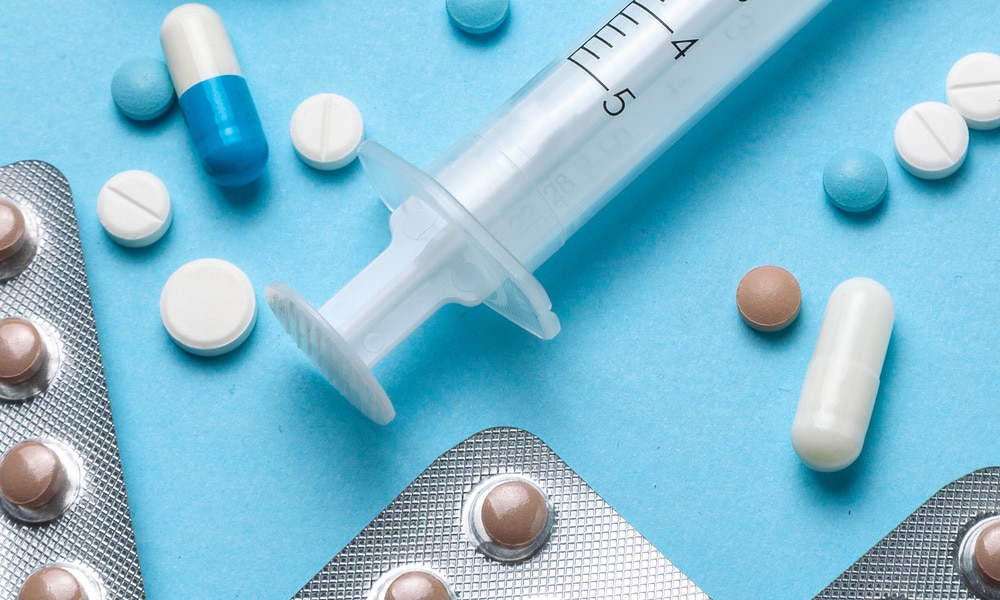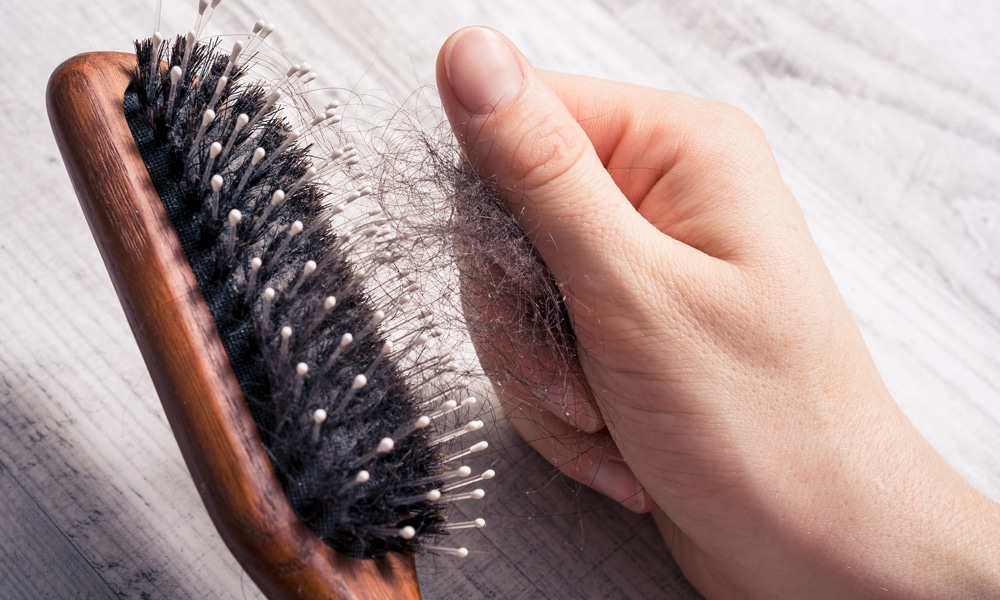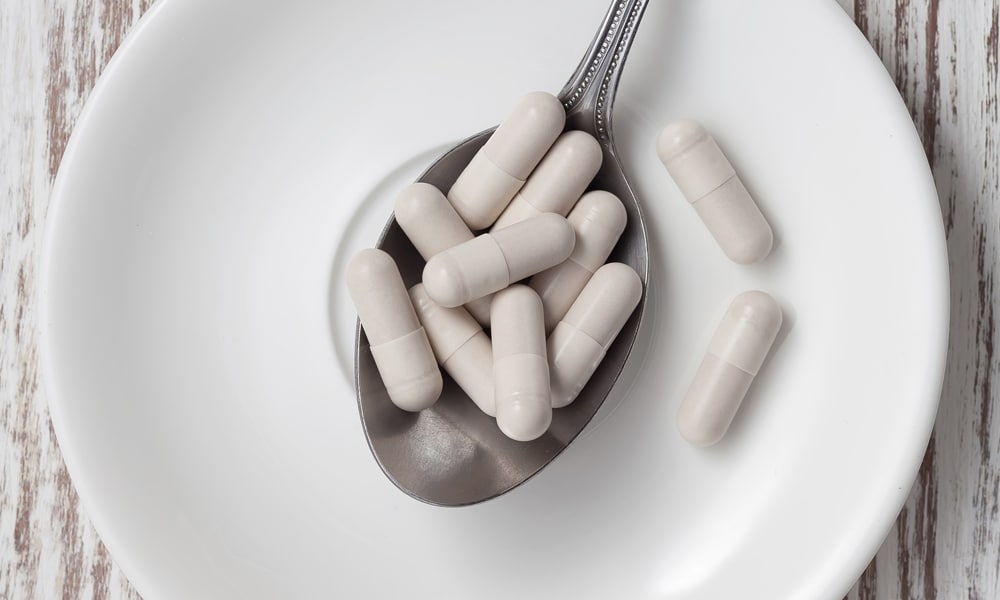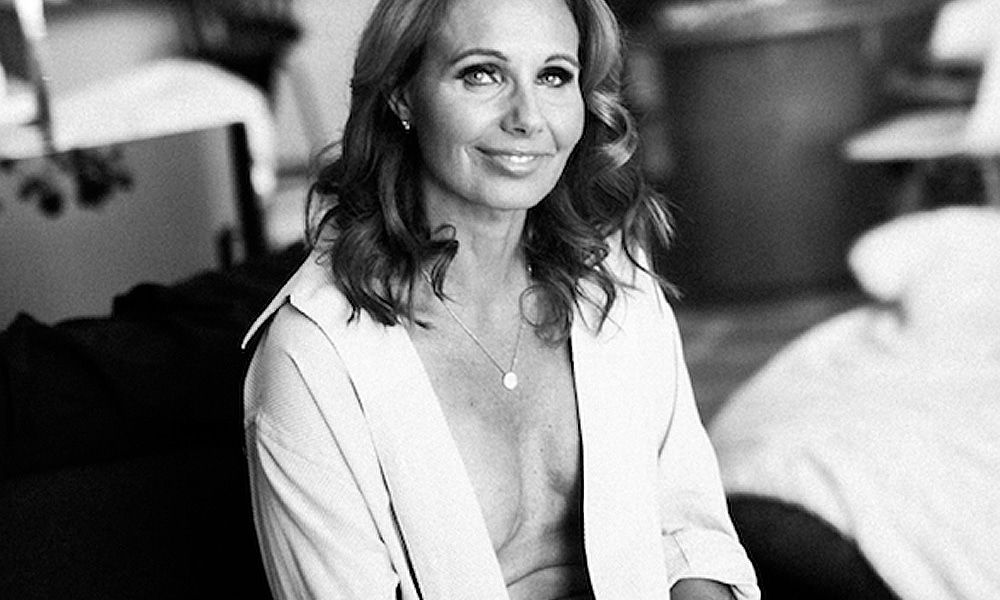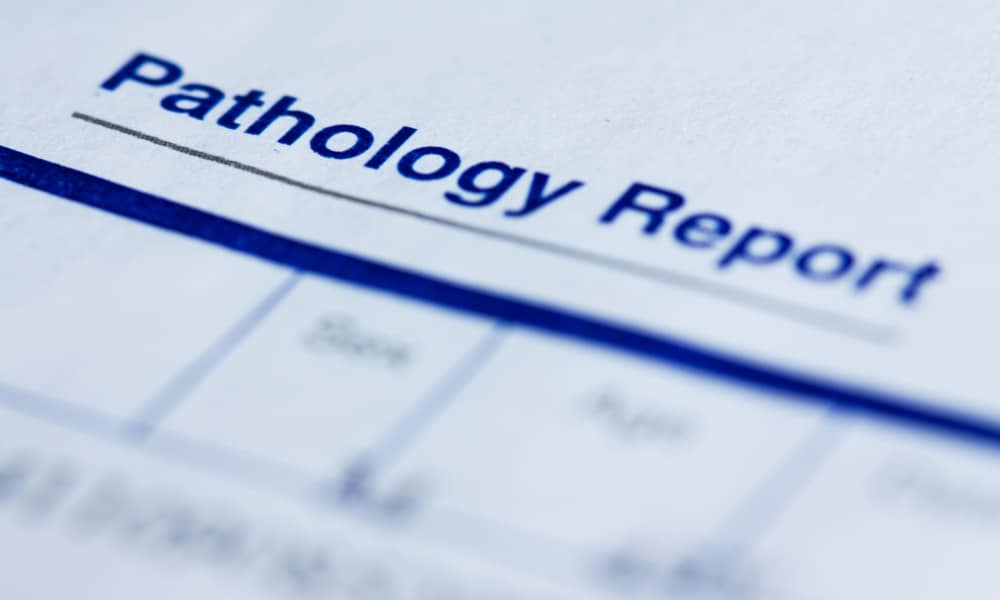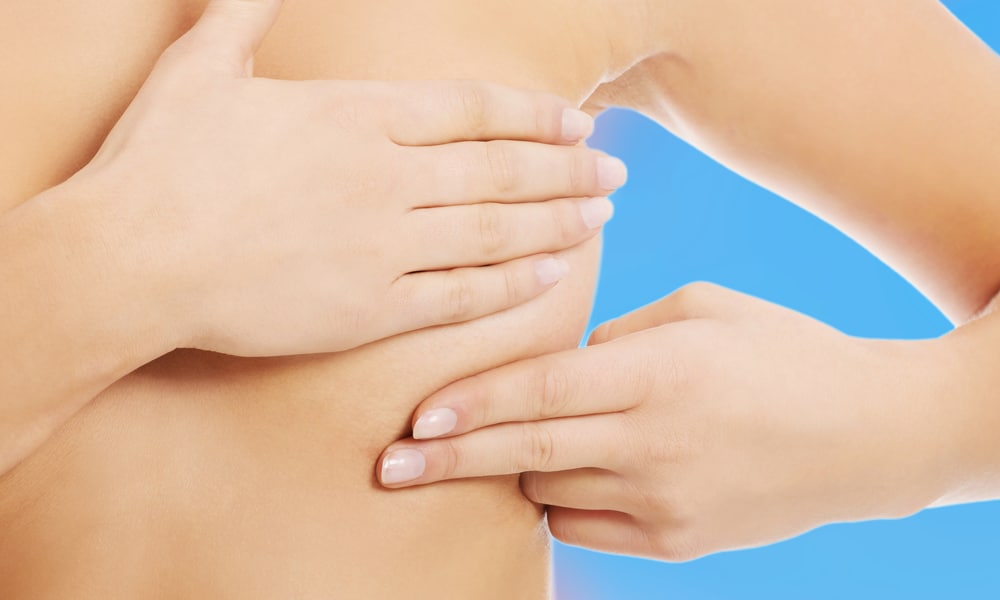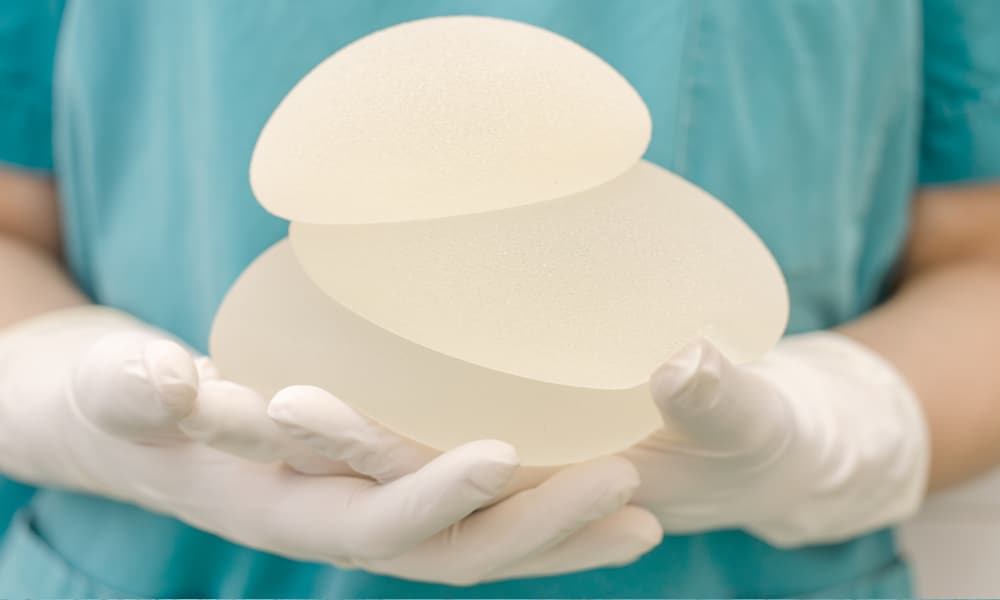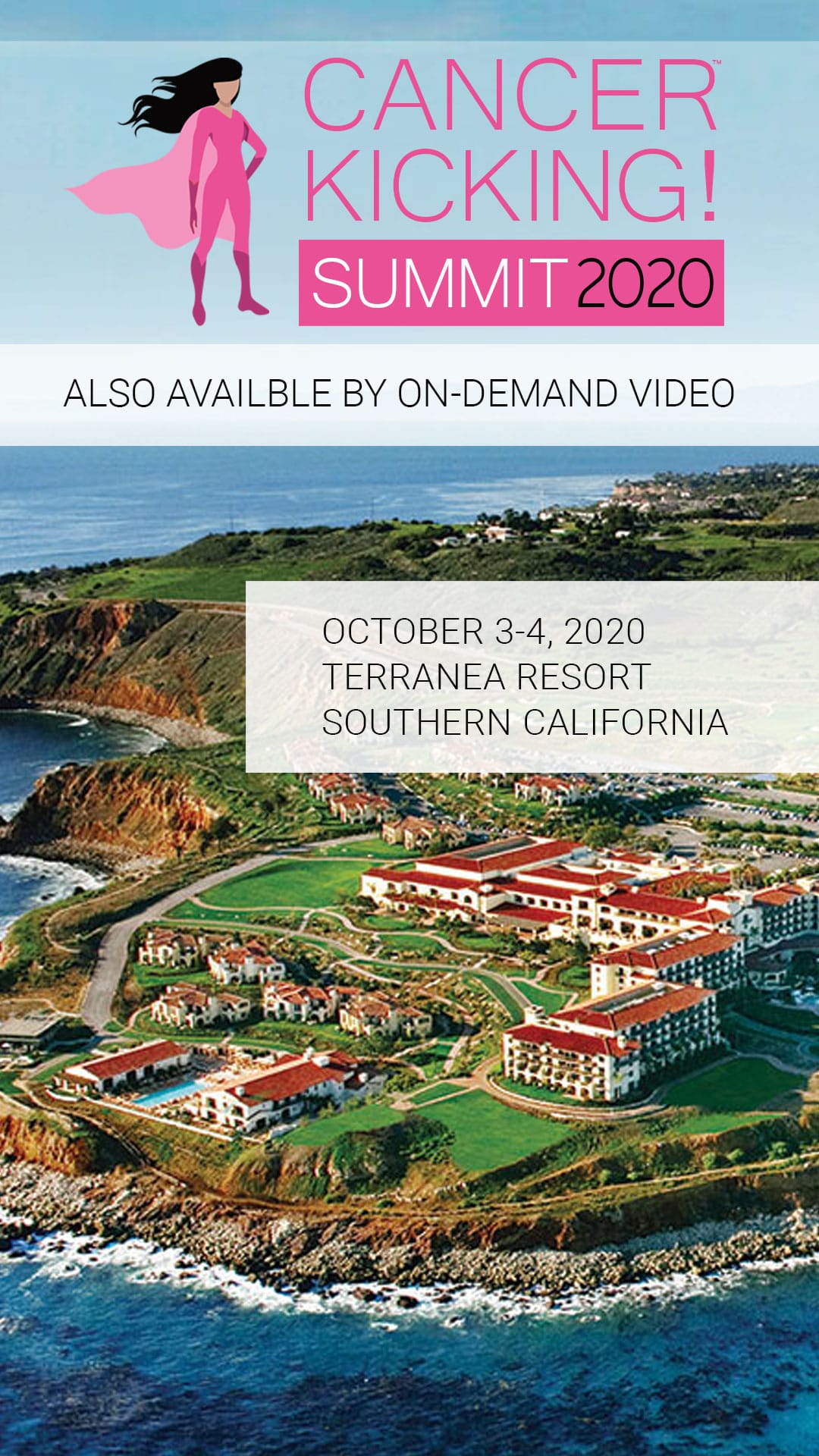Sunday, May 23, at 6:13 p.m., at age 36, was the day that I learned that I have breast cancer. I became an official grown up at that very moment. I knew that this diagnosis could be a possibility, as the radiologist who performed my biopsy on the Friday before told me that the results would most likely not be promising.
I was told that it might be Monday before the results were known, and I was okay with waiting the weekend to hear, but I knew by the way she looked at me that my life would probably be changing in a way I did not ever expect it to.
It was still shocking when I received the call because I have no risk factors, no family history and was not having any pain or problems in my breast area. I have not ever felt a lump in either breast. Plus, as a type 2 diabetic, I figured that having diabetes would be my “get out of jail for free card”, but I was wrong. Very wrong.
Get discounted Tier 2 tickets while they last. Watch the Summit via on-demand video from anywhere or attend in person at the breathtaking oceanfront Terranea Resort in Southern California.
A few weeks prior to being diagnosed, I had a screening digital mammogram. I work in a radiology clinic and my employer offers this as a free service to their employees. Since I am at an age where a baseline mammogram is recommended, I decided to go ahead and have one now for no other reason because I could and the exam was free. My primary care physician wanted me to wait another year before I had this exam, as she had a concern about radiation exposure. Telling me to wait until age 37 isn’t wrong and she gave me good advice based on my medical history.
The good news is that what I have, invasive ductal breast cancer, is very treatable and was caught extremely early.
I was elated to learn that the MRI I had done a few days after my diagnosis showed that the cancer is just central to the mass. I have also met with an oncologist who helped me decide on what kind of surgery to have. Deciding between having a full mastectomy or a partial mastectomy has been one of the hardest decisions I have ever had to make. I don’t think I’ve been as overwhelmed in my life as I was when I left the surgeon’s office after she explained in layman’s terms what my surgical options were. Even though it was difficult, I know that I am lucky to have a choice; I know that some patients don’t have a choice at all.
I will need radiation after the surgery and possibly chemo, but that won’t be known until the surgery and my cells are tested. Obviously, I did not expect to spend my summer fighting breast cancer, but it’s a fight I am going to win. Bottom line is that if you are over the age of 40, be sure to get a digital screening mammogram every year.
If you are over 30, but not yet 40, get a digital baseline mammogram. Age 35 is the recommended age for baseline mammograms.
Perhaps earlier than age 30, but talk to your doctor. The digital mammogram shows the breast tissue in greater detail than the analog method (the “old way”). In fact, if I had an analog mammogram, my cancer wouldn’t have been found until my next mammogram, which would have been at age 40. Who knows what my prognosis would be at that time?

